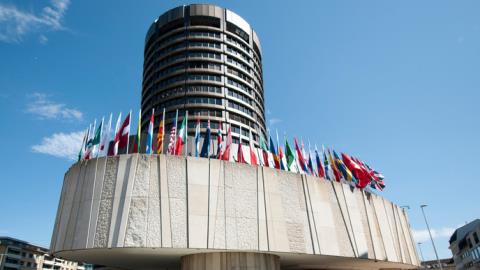Stablecoins have recently gained significant attention, with US regulators facilitating their adoption. Major banks are exploring the possibility of launching their own tokens, USDC issuer Circle saw its value soar during its market debut, and Citi predicts that the market could reach trillions within the next five years.
However, despite the promise they hold for tokenization, a report from the Bank for International Settlements (BIS) highlights their fundamental flaws. These assets "do not align well with the three key characteristics of sound monetary arrangements," making them unlikely to serve as the foundation for a future monetary system.
The three key characteristics are:
- Singleness of Money: The ability to be universally accepted for payments.
- Elasticity: The capability to meet obligations in a timely manner, avoiding gridlock.
- Integrity: Protection against financial crime.
The report suggests that stablecoins may only serve as a gateway to the cryptocurrency ecosystem, with their long-term role remaining uncertain. Without proper regulation, they could pose risks to financial stability and monetary sovereignty.
Instead, the BIS envisions a tokenized unified ledger integrating central bank money, commercial bank deposits, and government bonds as the backbone of a new monetary and financial system grounded in the principles of sound money. This framework could enhance efficiency and unlock new opportunities in cross-border payments and securities markets while maintaining essential characteristics that stablecoins lack.
Hyun Song Shin, head of the monetary and economic department, notes that integrating deposits and central bank money on a programmable platform could transform securities markets and enhance correspondent banking.
The BIS is actively investigating this approach through Project Agorá, a collaboration involving seven central banks and 43 private sector institutions aimed at developing tokenization as the foundation of the future monetary system.
